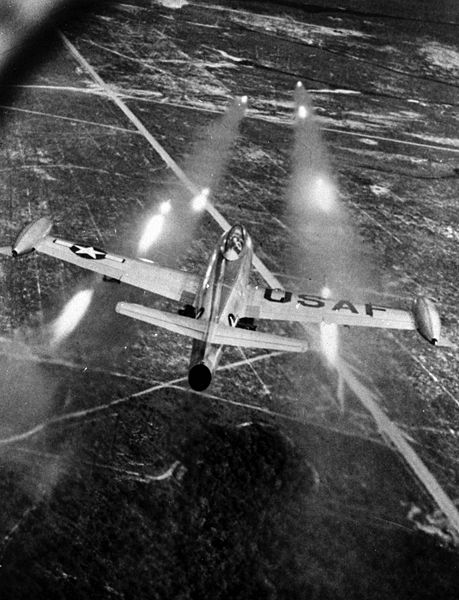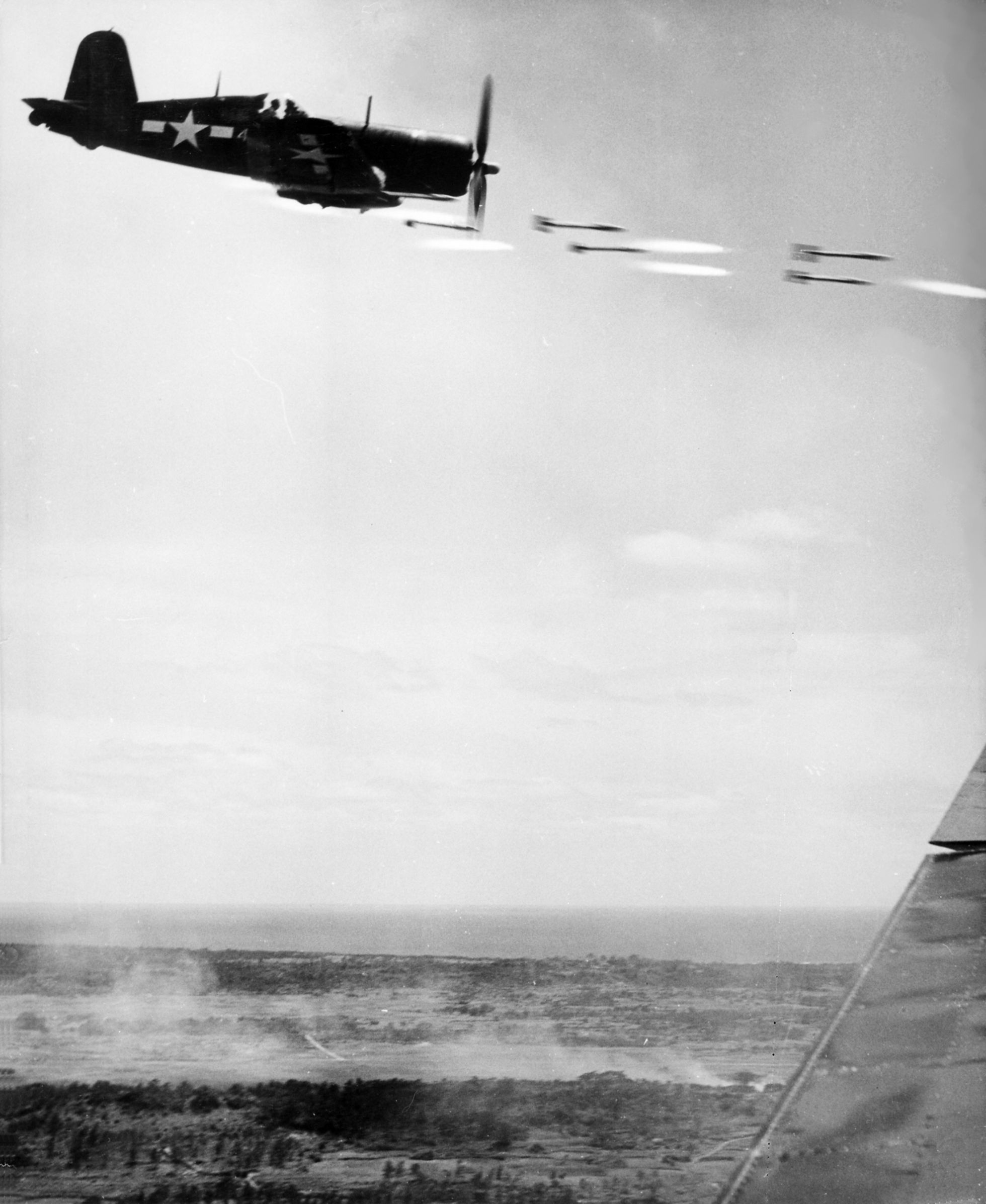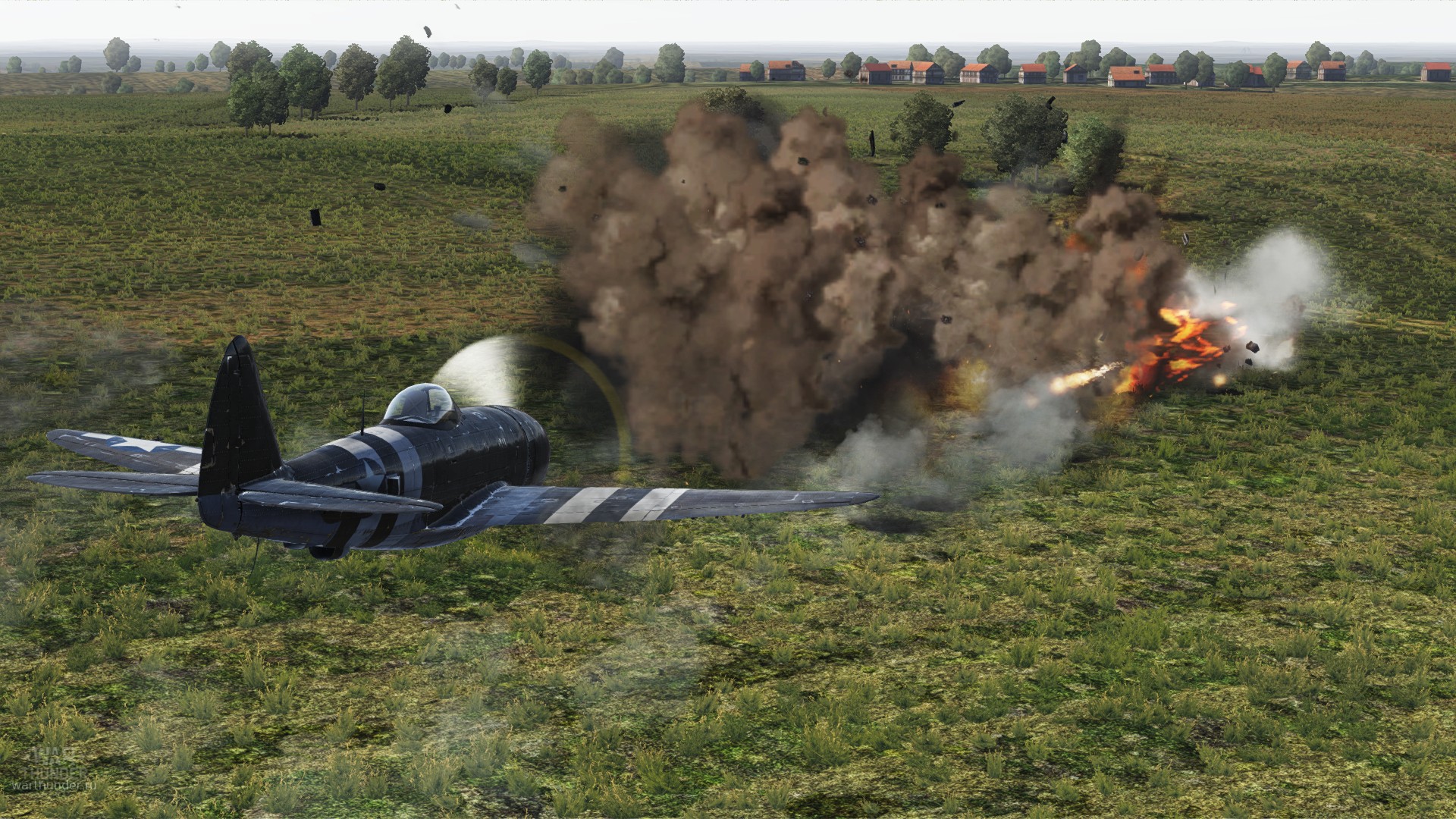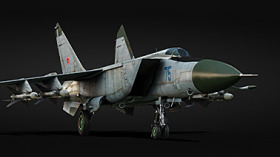
System Requirements
- For PC
- For MAC
- For Linux
Minimum
- OS: Windows 10 (64 bit)
- Processor: Dual-Core 2.2 GHz
- Memory: 4GB
- Video Card: DirectX 11 level video card: AMD Radeon 77XX / NVIDIA GeForce GTX 660. The minimum supported resolution for the game is 720p.
- Network: Broadband Internet connection
- Hard Drive: 22.1 GB (Minimal client)
Recommended
- OS: Windows 10/11 (64 bit)
- Processor: Intel Core i5 or Ryzen 5 3600 and better
- Memory: 16 GB and more
- Video Card: DirectX 11 level video card or higher and drivers: Nvidia GeForce 1060 and higher, Radeon RX 570 and higher
- Network: Broadband Internet connection
- Hard Drive: 62.2 GB (Full client)
Minimum
- OS: Mac OS Big Sur 11.0 or newer
- Processor: Core i5, minimum 2.2GHz (Intel Xeon is not supported)
- Memory: 6 GB
- Video Card: Intel Iris Pro 5200 (Mac), or analog from AMD/Nvidia for Mac. Minimum supported resolution for the game is 720p with Metal support.
- Network: Broadband Internet connection
- Hard Drive: 22.1 GB (Minimal client)
Recommended
- OS: Mac OS Big Sur 11.0 or newer
- Processor: Core i7 (Intel Xeon is not supported)
- Memory: 8 GB
- Video Card: Radeon Vega II or higher with Metal support.
- Network: Broadband Internet connection
- Hard Drive: 62.2 GB (Full client)
Minimum
- OS: Most modern 64bit Linux distributions
- Processor: Dual-Core 2.4 GHz
- Memory: 4 GB
- Video Card: NVIDIA 660 with latest proprietary drivers (not older than 6 months) / similar AMD with latest proprietary drivers (not older than 6 months; the minimum supported resolution for the game is 720p) with Vulkan support.
- Network: Broadband Internet connection
- Hard Drive: 22.1 GB (Minimal client)
Recommended
- OS: Ubuntu 20.04 64bit
- Processor: Intel Core i7
- Memory: 16 GB
- Video Card: NVIDIA 1060 with latest proprietary drivers (not older than 6 months) / similar AMD (Radeon RX 570) with latest proprietary drivers (not older than 6 months) with Vulkan support.
- Network: Broadband Internet connection
- Hard Drive: 62.2 GB (Full client)
Ground/Sea Attack Tactics - Part 4: Missile attacks
Attention! Outdated news format. Content may not display correctly.
Attention! This news was published on the old version of the website. There may be some problems with news display in specific browser versions.
From 06:00 GMT April 11th to 06:00 GMT April 12th
Destroy 200/50/20 enemy ground targets in Arcade/Realistic/Simulator battles
respectively while flying any aircraft from the list below.
Complete this special mission and earn 100.000 
Plane list:
- P-47D-25
- P-47D-28
- P-51 (all modifications)
- F4U-1d
- Beaufighter (all modifications)
- IL-2
- IL-2M
- IL-10
Although it would be some time until rockets could be used effectively from the air, the weapon itself had already been used in a military context for centuries. The first notable use of rockets from aircraft was in 1916 when Allied aircraft used the Le Prieur rocket in the air-to-air role against enemy observation balloons. However, it would be against ground targets and sea targets that the air launched rocket would be used to greatest effect from the Second World War onwards.
 When experience in the deserts of North Africa had demonstrated that even the powerful new 40mm Vickers gun did not have the punch for Allied fighter-bombers to deal with heavy tanks, a new solution was required. The Soviet Union had already had some success with air launched rockets in the ground attack role in conflicts against both Japan and Finland prior to using them against the German invasion in 1941; however, the accuracy of both the RS-82 and the larger RS-132 rockets were very poor and a direct hit was required to disable even a light tank.
When experience in the deserts of North Africa had demonstrated that even the powerful new 40mm Vickers gun did not have the punch for Allied fighter-bombers to deal with heavy tanks, a new solution was required. The Soviet Union had already had some success with air launched rockets in the ground attack role in conflicts against both Japan and Finland prior to using them against the German invasion in 1941; however, the accuracy of both the RS-82 and the larger RS-132 rockets were very poor and a direct hit was required to disable even a light tank.
The first effective rocket designed by the British was the Rocket Projectile 3 inch, or RP-3, often referred to as either the ’60 pound’ or ’25 pound’ rocket, depending on which of several warheads were fitted.
In terms of the actual tactics used by rocket firing aircraft, a lot more flexibility was often required than some of the other ground attack techniques employed. As the rocket was a direct fire weapon, the aircraft needed to be close to its target and pointing at it to fire; this meant approaching the target at medium level – often 2000 feet of higher – so as to visually acquire the target before then diving down to engage. Even though the rocket left the rail at speeds of over 400 mph and could fire out to a range of one mile the RP-3 was, like its Soviet counterparts, a very inaccurate weapon. Being nose heavy, the rocket would dip almost immediately upon leaving the firing rail, making aiming particularly problematic even from close range. With this in mind, standard tactics called for the aircraft to enter a dive towards the target, using an angle of up to 45 degrees. Less experienced pilots would often fire their guns at this point to use their tracers to ‘walk’ onto the target as a visual reference to assess the firing point. However, the firing aircraft’s nose would then have to be raised slightly to take account of the rocket’s dip on firing. Ultimately, however, the rocket’s aim was based on the pilot’s own visual cues and experience of using the weapon. The pilot could fire either single rockets, in pairs or as a full salvo – given the innate inaccuracy of the weapon, pairs or full salvoes were used almost exclusively for even single targets. The range of firing rockets varied markedly depending on target size, national doctrine and pilot experience, from 1000 meters to well less than 500 meters. However, a late release of rockets was significantly dangerous to the pilot for a number of reasons; sustaining damage from the explosion of pilot’s own weapons was a very real threat, as was ‘target fixation’ – the phenomenon of concentrating so intently on the target that the pilot did not plan far ahead enough to climb away and consequently flew into the ground. US pilots using their own 5-inch Forward Firing Aircraft Rocket and later High Velocity Aircraft Rocket (HVAR) used similar tactics, but would often use shallower dives than their British and Commonwealth counterparts in an attempt to avoid ground fire at the cost of reducing visual references on the attack run.
 The actual effectiveness of the rocket in the anti-armour role was initially overestimated. Post war investigation revealed that the effect on enemy morale was often more devastating than actual material damage. For example, a statistical analysis of the aircraft of the British 2nd Tactical Air Force and the US 9th Air Force in the Mortain area in August 1944 illustrates that out of the 43 German tanks destroyed during the period, only 7 were eliminated by aerial rocket attack. A higher percentage of success was delivered against ‘softer’ targets such as armored cars and troop carriers although direct strafing with 20mm cannon or 0.50 caliber machine guns was often the favored technique against softer targets. Similar results are revealed whilst examining the results of the famous ‘Falais Pocket’ action of the same month, where rockets accounted for 1.7% of enemy vehicles destroyed. Of particular note is the just under 60% of German vehicles disabled by the crew abandoning the vehicle when it was still intact: interviews with German POWs later revealed the astounding psychological impact of air attack on even veteran tank crews, particularly rocket attacks. Likewise, rockets with HE warheads could also be used to devastating effect against personnel, even in fortified positions.
The actual effectiveness of the rocket in the anti-armour role was initially overestimated. Post war investigation revealed that the effect on enemy morale was often more devastating than actual material damage. For example, a statistical analysis of the aircraft of the British 2nd Tactical Air Force and the US 9th Air Force in the Mortain area in August 1944 illustrates that out of the 43 German tanks destroyed during the period, only 7 were eliminated by aerial rocket attack. A higher percentage of success was delivered against ‘softer’ targets such as armored cars and troop carriers although direct strafing with 20mm cannon or 0.50 caliber machine guns was often the favored technique against softer targets. Similar results are revealed whilst examining the results of the famous ‘Falais Pocket’ action of the same month, where rockets accounted for 1.7% of enemy vehicles destroyed. Of particular note is the just under 60% of German vehicles disabled by the crew abandoning the vehicle when it was still intact: interviews with German POWs later revealed the astounding psychological impact of air attack on even veteran tank crews, particularly rocket attacks. Likewise, rockets with HE warheads could also be used to devastating effect against personnel, even in fortified positions.
The rocket was also used extensively in the maritime environment, predominantly by British and American forces. Rockets were found to be particularly effective against surfaced enemy submarines, as the far slower air launched torpedoes gave the submarine more time to evade or dive. 25 lb solid warheads were used in the Anti-Submarine role, requiring direct hits. Fleet Air Arm doctrine called for a shallower dive of some 25 to 30 degrees, with the rockets fired in pairs and aimed slightly ahead of the submarine but to strike just below the waterline for maximum effectiveness. Rockets striking the water just short of the target were found to curve back up to impact the hull. In May 1943 a Fairey Swordfish of 819 Naval Air Squadron, Fleet Air Arm, was responsible for the first submarine ‘kill’ by rocket when U-752 was disabled, forcing the crew to abandon the stricken vessel. Even if rockets did not sink the vessel, damage was normally enough to prevent the submarine from diving and leaving it easy prey to a follow up attack. By the end of the Second World War some 250 U-boats had been destroyed by Allied aircraft , accounting for nearly a quarter of U-boat losses, and the rocket was the preferred weapon by aircrew for carrying out this job.
Whilst the rocket was not the most decisive aerial weapon of the land campaigns of the Second World War, it was a significant leap in maritime strike and both lines of development would lead to he far more accurate and effective modern air launched rocket still in use today.
The author
 Mark Barber, War Thunder Historical Consultant
Mark Barber, War Thunder Historical Consultant
Mark Barber is a pilot in the British Royal Navy's Fleet Air Arm. His first book was published by Osprey Publishing in 2008; subsequently, he has written several more titles for Osprey and has also published articles for several magazines, including the UK's top selling aviation magazine 'FlyPast'. His main areas of interest are British Naval Aviation in the First and Second World Wars and RAF Fighter Command in the Second World War. He currently works with Gaijin Entertainment as a Historical Consultant, helping to run the Historical Section of the War Thunder forums and heading up the Ace of the Month series.
Read more:




